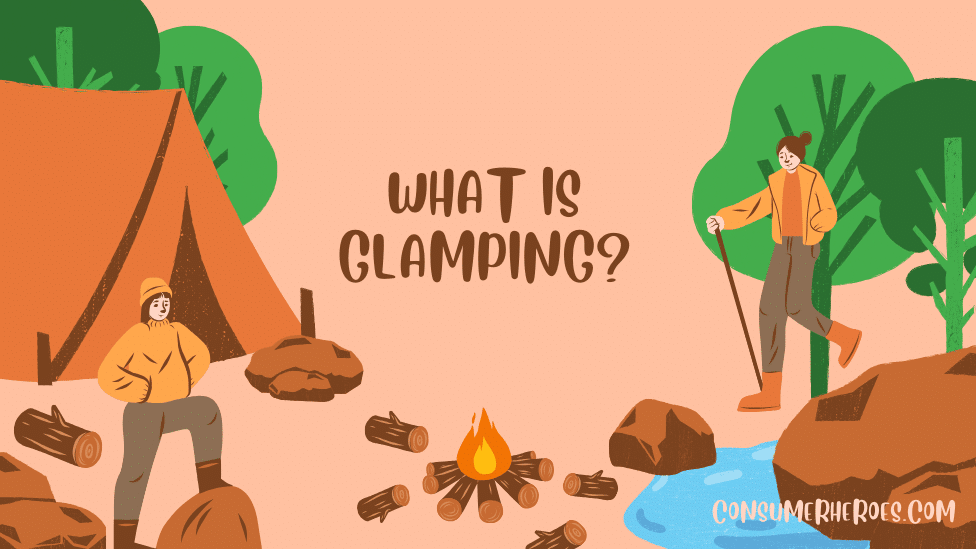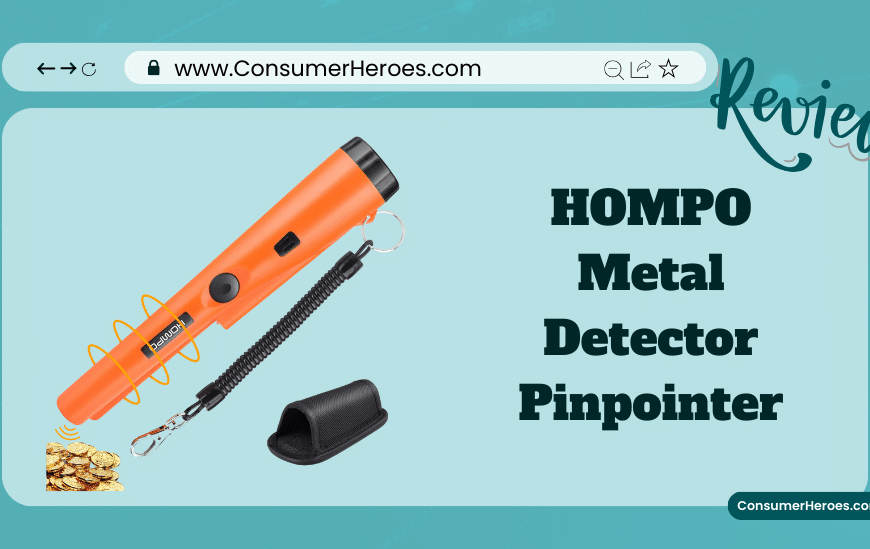When preparing for a camping trip, one of the most important things to consider is what to wear. Camping attire should be comfortable, durable, and appropriate for the weather and activities planned. Choosing the right clothing can make a significant difference in the overall enjoyment of the trip.
The first thing to consider when selecting camping attire is the weather. If the forecast calls for rain, it is essential to bring waterproof clothing such as rain jackets and pants. In colder temperatures, it is important to dress in layers to stay warm. In warmer weather, breathable and lightweight clothing is ideal to prevent overheating. Additionally, it is always a good idea to bring a hat and sunglasses to protect against the sun’s rays.
Understanding the Camping Environment
When it comes to camping, it is important to understand the environment you will be in. This will help you choose the appropriate clothing and gear to ensure your comfort and safety.
Climate
The climate of your camping destination is a crucial factor to consider when packing. If you are camping in a hot and dry area, you will want to wear lightweight and breathable clothing that will keep you cool and protect you from the sun. On the other hand, if you are camping in a colder climate, you will need to dress in layers to keep warm.
Terrain
The terrain of your camping destination will also play a role in what you wear. If you will be hiking on rocky or uneven terrain, you will want to wear sturdy shoes or boots with good traction. If you will be crossing streams or rivers, you may want to wear water shoes or sandals that can get wet without causing discomfort.
Wildlife
Depending on where you are camping, you may encounter wildlife such as bears, snakes, or insects. It is important to research the wildlife in your camping area and dress accordingly. For example, if you will be camping in an area with ticks, you will want to wear long pants and sleeves to protect yourself from bites.
Time of Day
The time of day can also affect what you wear while camping. If you will be hiking during the day, you will want to wear sunglasses and a hat to protect yourself from the sun. If you will be camping in the evening or at night, you may want to wear warm clothing and bring a flashlight or headlamp to see in the dark.
Overall, understanding the camping environment is essential for choosing the appropriate clothing and gear to ensure your comfort and safety while camping.
Seasonal Clothing Choices
Summer Camping
When it comes to summer camping, it’s important to stay cool and comfortable. Lightweight and breathable clothing is key. Here are some clothing choices to consider:
- Shorts: Opt for shorts that are comfortable and breathable, such as those made from cotton or moisture-wicking materials.
- T-shirts: Choose lightweight and breathable T-shirts that will keep you cool in the heat.
- Sun hat: Protect your face and neck from the sun with a wide-brimmed sun hat.
- Sunglasses: Protect your eyes from harmful UV rays with a pair of sunglasses.
- Sandals: Wear comfortable and breathable sandals that will allow your feet to breathe.
Winter Camping
Winter camping requires warm and insulated clothing to keep you comfortable in the cold temperatures. Here are some clothing choices to consider:
- Insulated jacket: Choose an insulated jacket that will keep you warm in the cold temperatures.
- Thermal underwear: Wear thermal underwear to keep your body warm.
- Wool socks: Keep your feet warm with wool socks that will also wick away moisture.
- Winter boots: Wear winter boots that are waterproof and insulated to keep your feet warm and dry.
- Hat and gloves: Keep your head and hands warm with a hat and gloves.
Spring/Fall Camping
Spring and fall camping can have unpredictable weather, so it’s important to be prepared for both warm and cold temperatures. Here are some clothing choices to consider:
- Layers: Wear layers that can easily be added or removed depending on the temperature.
- Rain jacket: Bring a rain jacket to protect yourself from unexpected rain showers.
- Fleece jacket: Wear a fleece jacket that can be worn as a mid-layer or outer layer depending on the temperature.
- Hiking boots: Wear comfortable and sturdy hiking boots that will protect your feet on rough terrain.
No matter what season you’re camping in, it’s important to wear clothing that is comfortable, functional, and appropriate for the weather.
Essential Clothing Items
When it comes to camping, packing the right clothing is essential to ensure a comfortable and enjoyable experience. Here are the three essential clothing items for any camping trip:
Base Layers
Base layers are the foundation of any outdoor outfit and are designed to wick moisture away from the skin. They keep the wearer dry and comfortable, whether it’s hot or cold outside. Some popular base layer materials include merino wool, synthetic fabrics, and silk.
When selecting a base layer, it’s important to consider the weather conditions and the level of activity. For colder weather, a thicker base layer is recommended, while a lighter base layer is suitable for warmer weather. Some popular base layer brands include Patagonia, Icebreaker, and Smartwool.
Mid Layers
Mid layers are worn over the base layer and provide insulation to keep the wearer warm. They are often made from materials such as fleece, down, or synthetic insulation. Mid layers are essential for colder weather camping trips as they help to trap heat close to the body.
When selecting a mid layer, it’s important to consider the activity level and the expected weather conditions. A thicker mid layer is recommended for colder weather, while a thinner mid layer is suitable for warmer weather. Some popular mid layer brands include The North Face, Columbia, and Arc’teryx.
Outer Layers
Outer layers are worn over the mid layer and provide protection from the elements. They are often made from materials such as Gore-Tex or other waterproof and breathable fabrics. Outer layers are essential for camping trips where rain or snow is expected.
When selecting an outer layer, it’s important to consider the expected weather conditions and the level of activity. A thicker outer layer is recommended for colder weather, while a thinner outer layer is suitable for warmer weather. Some popular outer layer brands include Marmot, REI, and Patagonia.
Overall, packing the right clothing for a camping trip is essential to ensure a comfortable and enjoyable experience. By selecting the right base layers, mid layers, and outer layers, campers can stay warm, dry, and protected from the elements.
Footwear Selection
When it comes to camping, choosing the right footwear is crucial for a comfortable and safe experience. Here are some options to consider:
Hiking Boots
Hiking boots are a great choice for those planning to do some serious hiking on rough terrain. They offer excellent support and protection for your feet and ankles. Look for boots with a sturdy sole and good traction for slippery or uneven surfaces. It’s also important to ensure that your boots fit well and are broken in before hitting the trails.
Casual Shoes
For more relaxed camping trips, casual shoes can be a comfortable and practical choice. Sneakers or trail running shoes are lightweight and breathable, making them a good option for warm weather. They’re also versatile enough to wear around the campsite or on short hikes. However, keep in mind that they may not offer the same level of support and protection as hiking boots.
Waterproof Footwear
If you’re camping in wet or rainy conditions, waterproof footwear is a must. Look for shoes or boots made with waterproof materials such as Gore-Tex or rubber. These will keep your feet dry and comfortable, even in the wettest conditions. However, keep in mind that waterproof footwear may not be as breathable as other options, so your feet may get hot and sweaty in warm weather.
Overall, the best footwear for camping depends on the type of trip you’re planning and the conditions you’ll be facing. Consider the terrain, weather, and activities you’ll be doing, and choose footwear that offers the right level of support, protection, and comfort.
Accessories
When it comes to camping, having the right accessories can make all the difference. In addition to the basics like a tent, sleeping bag, and appropriate clothing, there are a few key accessories that can help ensure a comfortable and enjoyable camping experience.
Hats
A hat is an essential accessory for camping, especially during the summer months when the sun is strong. A wide-brimmed hat can help protect the face and neck from harmful UV rays, while a beanie or warm hat can keep the head and ears warm during chilly nights. When choosing a hat for camping, consider the material, size, and style to ensure maximum comfort and protection.
Gloves
Gloves are another important accessory for camping, particularly during the colder months. They can help keep the hands warm and protect them from the elements while performing tasks like setting up camp or cooking. When choosing gloves for camping, look for a pair that is durable, waterproof, and insulated for maximum protection and comfort.
Socks
Socks are often overlooked when it comes to camping gear, but they can make a big difference in terms of comfort and warmth. Look for socks that are made from a moisture-wicking material to keep feet dry and comfortable, and choose a thickness that is appropriate for the weather conditions. A good pair of socks can help prevent blisters and keep feet warm and dry, even in wet or cold conditions.
Overall, choosing the right accessories for camping can help ensure a comfortable and enjoyable experience. From hats and gloves to socks and more, there are plenty of options to choose from to meet your specific needs and preferences.
Choosing Quality Materials
When it comes to camping, choosing the right materials for your clothing can make all the difference in your comfort and enjoyment of the great outdoors. Here are some of the top materials to consider when selecting your camping wardrobe:
Cotton
Cotton is a popular choice for camping clothing due to its softness and breathability. It’s also easy to care for and can be machine-washed and dried. However, cotton is not the best choice for camping in wet or cold conditions, as it does not insulate well and can take a long time to dry if it gets wet.
Wool
Wool is a great choice for camping in cold or wet conditions, as it provides excellent insulation and wicks moisture away from the skin. It’s also naturally odor-resistant, making it a good choice for longer camping trips. However, wool can be more expensive than other materials and may require special care when washing.
Synthetic Materials
Synthetic materials like polyester and nylon are popular choices for camping clothing due to their durability and moisture-wicking properties. They’re also lightweight and quick-drying, making them a good choice for camping in wet conditions. However, synthetic materials can be less breathable than natural fibers and may retain odors more easily.
Overall, when choosing camping clothing, it’s important to consider the weather conditions you’ll be facing and select materials that will keep you comfortable and dry. By choosing high-quality materials and taking good care of your clothing, you can ensure that you’ll be able to enjoy your camping trip to the fullest.
Packing Tips
Keeping Clothing Dry
When camping, it’s essential to keep clothing dry to avoid discomfort and hypothermia. Here are some tips on how to keep clothing dry:
- Use dry bags or waterproof compression sacks to store clothing.
- Pack clothes in plastic bags or garbage bags as an extra layer of protection.
- Bring a rain cover for your backpack to prevent water from seeping in.
Maximizing Space
Packing for camping can be tricky, especially if you’re trying to fit everything into a backpack. Here are some tips to maximize space:
- Use packing cubes or compression bags to condense clothing.
- Roll clothes instead of folding them to save space.
- Wear your bulkiest items, such as hiking boots and jackets, on the plane or in the car to save space in your backpack.
By following these packing tips, campers can ensure that they have dry clothing and maximize space in their backpacks.







